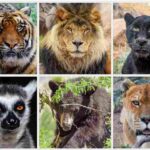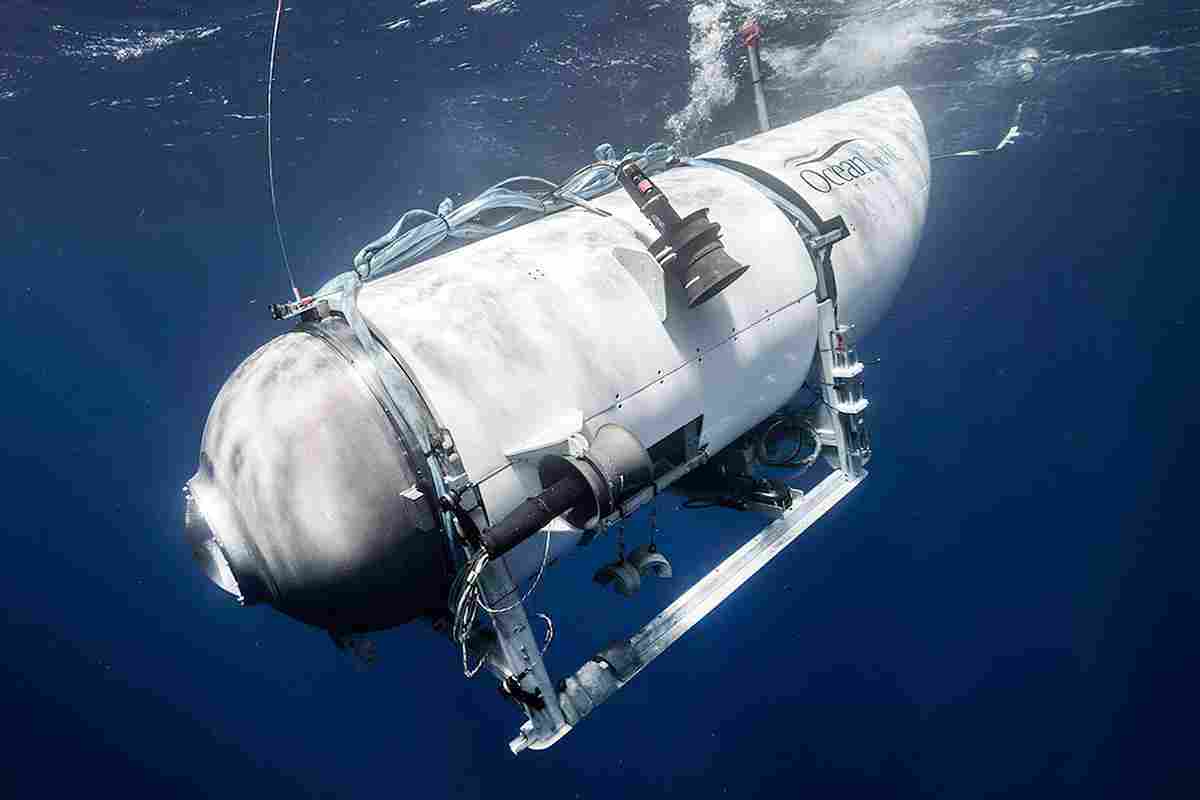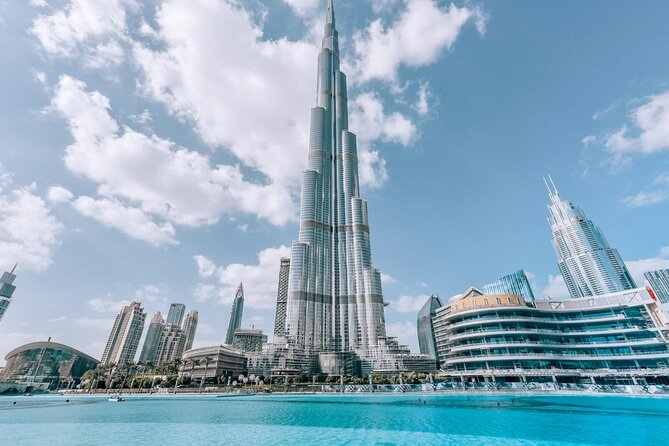World of Wild Animals are an integral part of our planet’s ecosystem. They play a crucial role in maintaining the balance of nature, contributing to biodiversity, and ensuring the survival of various species. From the dense forests to the vast oceans, wild animals inhabit every corner of the Earth, showcasing the beauty and complexity of life. In this article, we will explore the importance of wild animals, their habitats, and the challenges they face in the modern world.
The Role of Wild Animals in Ecosystems
Wild animals are essential for the health of ecosystems. They act as pollinators, seed dispersers, and predators, ensuring that natural processes run smoothly. For example, bees and butterflies pollinate plants, which is vital for food production. Similarly, predators like lions and wolves help control the population of herbivores, preventing overgrazing and maintaining the balance of plant life.
Moreover, wild animals contribute to nutrient cycling. When animals die, their bodies decompose, enriching the soil with essential nutrients. This process supports plant growth, which in turn provides food and shelter for other animals. Without wild animals, ecosystems would collapse, leading to devastating consequences for the planet.
Diverse Habitats of Wild Animals World of Wild Animals
Wild animals thrive in a variety of habitats, each with its unique characteristics. These habitats include forests, deserts, grasslands, wetlands, and oceans. Let’s take a closer look at some of these environments and the animals that call them home.
Forests
Forests are home to a wide range of species, from tiny insects to large mammals. Tropical rainforests, in particular, are known for their incredible biodiversity. Animals like jaguars, orangutans, and toucans inhabit these lush environments. Forests provide food, shelter, and breeding grounds for countless species, making them one of the most important habitats on Earth.
Deserts
Deserts may seem barren, but they are teeming with life. Animals like camels, fennec foxes, and rattlesnakes have adapted to the harsh conditions of these arid regions. They have developed unique survival strategies, such as storing water in their bodies or being active during cooler nights.
Oceans
The oceans cover more than 70% of the Earth’s surface and are home to an astonishing array of wildlife. From tiny plankton to massive blue whales, marine animals play a vital role in maintaining the health of our planet. Coral reefs, often referred to as the “rainforests of the sea,” are particularly rich in biodiversity, housing species like clownfish, sea turtles, and sharks.
Threats to Wild Animals World of Wild Animals
Despite their importance, wild animals face numerous threats, many of which are caused by human activities. These threats include habitat destruction, climate change, poaching, and pollution.
Habitat Destruction
Deforestation, urbanization, and agriculture have led to the loss of natural habitats for many species. As forests are cleared and wetlands drained, animals lose their homes and sources of food. This has resulted in a significant decline in wildlife populations worldwide.
Climate Change
Rising temperatures, melting ice caps, and changing weather patterns are disrupting ecosystems and threatening the survival of many species. Polar bears, for instance, are struggling to find food as Arctic ice melts, while coral reefs are dying due to ocean warming and acidification.
Poaching and Illegal Wildlife Trade World of Wild Animals
Poaching is a major threat to endangered species like elephants, rhinos, and tigers. These animals are hunted for their tusks, horns, and fur, which are sold on the black market. The illegal wildlife trade is a multi-billion-dollar industry that drives many species to the brink of extinction.
Pollution
Pollution, particularly plastic waste, is harming marine life. Sea turtles, dolphins, and seabirds often mistake plastic for food, leading to injury or death. Chemical pollutants also contaminate water sources, affecting both aquatic and terrestrial animals.
Conservation Efforts World of Wild Animals
To protect wild animals and their habitats, conservation efforts are essential. Governments, organizations, and individuals are working together to address the challenges facing wildlife.
Protected Areas World of Wild Animals
National parks, wildlife sanctuaries, and marine reserves provide safe havens for animals. These protected areas help preserve biodiversity and allow species to thrive without human interference.
Wildlife Rehabilitation
Wildlife rehabilitation centers rescue and care for injured or orphaned animals, releasing them back into the wild once they are healthy. These centers play a crucial role in saving individual animals and raising awareness about wildlife conservation.
Community Involvement
Engaging local communities in conservation efforts is key to protecting wildlife. By providing education and alternative livelihoods, conservationists can reduce human-wildlife conflicts and promote sustainable practices.
Technological Innovations World of Wild Animals
Technology is playing an increasingly important role in wildlife conservation. Drones, satellite tracking, and camera traps are used to monitor animal populations and combat poaching. These tools provide valuable data that helps inform conservation strategies.
Life in a Lion Pride
Lions are unique among big cats for their social structure. A pride typically consists of 5 to 30 individuals, including related females, their cubs, and a coalition of males. This social system provides several advantages, such as cooperative hunting and protection of territory.
Roles Within the Pride
In a lion pride, females are the primary hunters. They work together to stalk and bring down prey, which often includes wildebeests, zebras, and buffaloes. Male lions, on the other hand, are responsible for defending the pride’s territory from intruders. They use their roars to communicate with other lions and warn rival prides to stay away.
Also visit for more information
Raising Cubs
Lionesses give birth to litters of 2 to 4 cubs after a gestation period of about 110 days. Cubs are born blind and rely entirely on their mothers for protection and nourishment. As they grow, they learn essential survival skills by observing and playing with other members of the pride. However, life for lion cubs is not easy; many do not survive their first year due to predation, disease, or starvation.
The Future of Wild Animals’ World of Wild Animals
The future of wild animals depends on our actions today. By addressing the root causes of wildlife decline and promoting sustainable practices, we can ensure that future generations will continue to marvel at the beauty and diversity of the natural world. Protecting wild animals is not just about saving individual species; it’s about preserving the intricate web of life that sustains us all.
Conclusion World of Wild Animals
Wild animals are a testament to the wonders of nature. They enrich our planet with their presence and play a vital role in maintaining ecological balance. However, they face numerous challenges that threaten their survival. Through conservation efforts, awareness, and responsible actions, we can protect these magnificent creatures and ensure a thriving planet for all. Let us cherish and safeguard the wild animals that share our world, for they are an irreplaceable part of our collective heritage.










